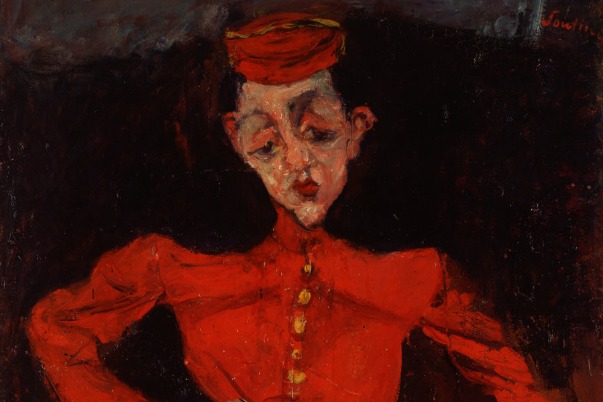Street dancers set a hot pace
Performers in Xinjiang take art form to new levels


"Some 90 percent of street dance teachers in Xinjiang have trained at DSP, and we now have three branch studios in the region," he added.
DSP was launched by Furkat Bahader, a Uygur born and raised in Urumqi who joined the street dance session at the 6th China Xinjiang International Folk Dance Festival as a curator.
"When DSP opened 22 years ago, we only had a few students, because street dance was not that popular and many people didn't know what it was about," said Furkat Bahader, who is in his 40s and has been devoted to promoting and popularizing the art form in Xinjiang by bringing major street dance competitions to the region.
"Things have since changed. Many young parents who enjoy street dance are sending their children to learn it when they are just 3 or 4 years old," he said. "In Xinjiang, dancing is commonly seen on the streets, in shopping malls and at family parties. The aim of this art form and any other type of dance is the same — to express yourself and way of life."
Furkat Bahader's love of street dance started from the day his father, who studied in Japan in the 1990s and is a professor of mathematics at Xinjiang University, showed him a video of Japanese street dancers.
After graduating from the law school at Xinjiang University and working as a lawyer, Furkat Bahader decided to quit his job. He pursued his dream of becoming a street dance performer by traveling to Shanghai and Shenzhen, Guangdong province, to learn the art form from professionals.
"One day, I went to a party where there were many street dancers. Even before I entered the room, I was overwhelmed by the loud music and hip-hop beat. I moved to the rhythm, and everything I saw, such as the dancers, the disc jockeys and even my reflection in a mirror, seemed like scenes from a slow-motion movie. For someone like myself, a young guy from remote Xinjiang, it was amazing," he said.
E Yafei, 35, a member of the Xibe ethnic group, stood out among the festival competitors and was one of the top four winners of the 2v2 open-style competition. Many of his moves were impromptu, ranging from impressions of everyday life to his interpretation of Xinjiang folk dance movements.
He has been dancing for 14 years and also teaches street dance.
"I am inspired by street dance for many reasons. It gives me confidence and allows me to express myself," said E Yafei, who discovered the art form in his teens through videos, and found it "cool and fun". Although his parents considered the profession to be the preserve of outgoing young people, he insisted on pursuing it.
Although there was no guarantee of financial success, he founded his own street dance studio in 2017.
"When I started dancing, I spent eight to nine hours a day perfecting my skills. I remember dancing all day and not eating for about two days. My parents were astonished by my intense energy and passion," he said. "I loved dancing on the streets with my friends. The loud music attracted attention, and the more people stopped and looked at us, the more excited we became and the harder we danced."
As a teacher, he also enjoys taking his students to dance on the streets.
"They are very happy to be seen dancing on the streets, as it's a way of expressing confidence in themselves. I am glad that many parents consider street dance as a kind of sport and that they are also fans of the art form," E Yafei said.
Kudirat, 32, a member of the judging panel for the festival's street dance competitions, has worked at similar events in Xinjiang since 2014. He also owns a street dance studio in the region, which opened in 2016.The studio has trained more than 4,000 students in the art form.
"Street dance is from the West. We started by learning and imitating dance moves from Western artists, but we now have our own creative works," he said.
"I was impressed by the competitors this year. From the 2v2 open-style competition to group dance works, cultural elements from Xinjiang were featured in their performances at a very high level. It was very hard to decide on scores," he added.
Born and raised in Ili Kazak autonomous prefecture, Xinjiang, Kudirat gained an introduction to street dance by watching the music videos of Michael Jackson. His parents were against the idea of him learning and practicing the dance moves because they feared he was wasting his time.
To find a stable job, Kudirat studied finance before graduating from Hubei Minzu University. After working for a State-owned company for two years, he decided to quit his job and become an entrepreneur.
"I had about 20,000 yuan ($2,800), so I returned home to open my street dance studio, named Circular. I could only afford a low rent, so the studio was located out of town. In 2016, I had just three students," he said.
Circular now has three branch studios in Ili, with 17 teachers instructing some 1,000 children with an average age of 8.
"Xinjiang is uniquely positioned to build up a large street dance fan base, because dancing is our tradition. It's the same for many Chinese ethnic groups," Kudirat said.





































